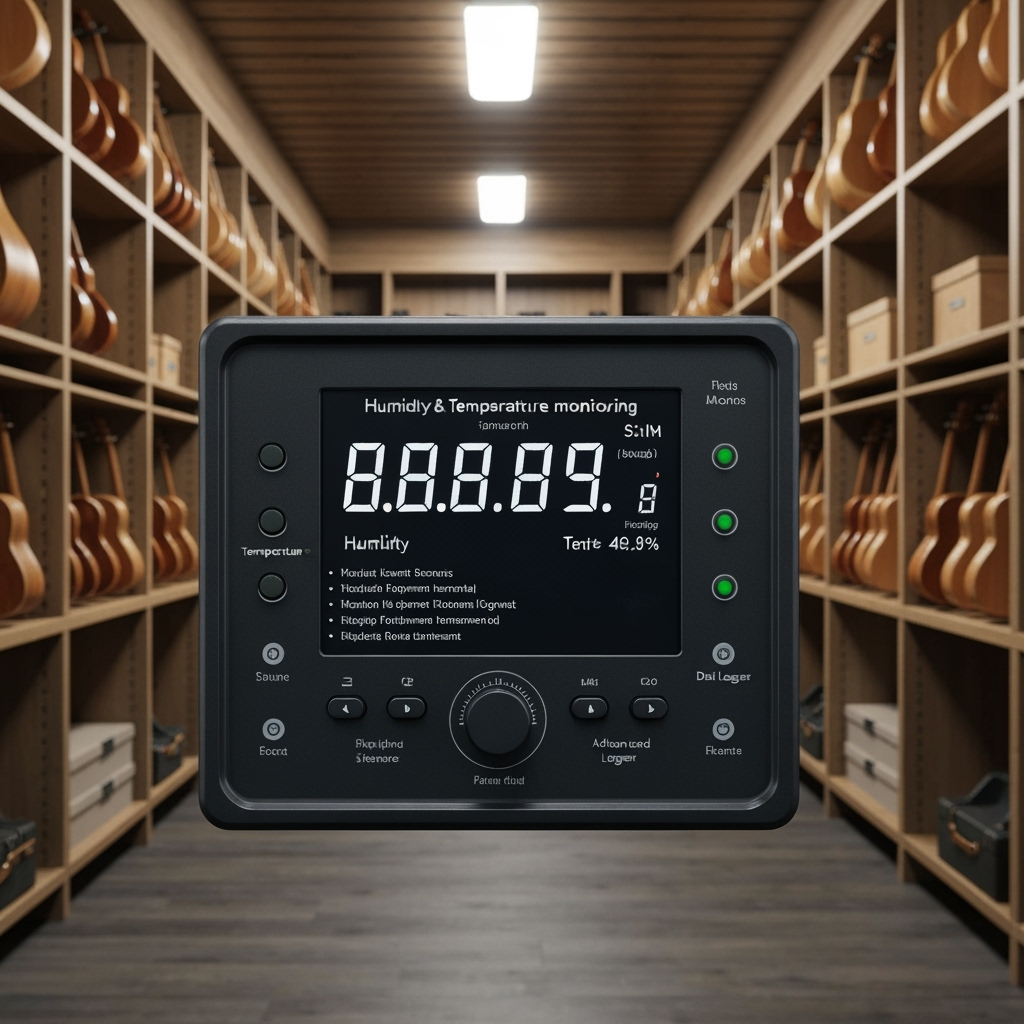
Why Seasonal Changes Matter for Musical Instruments
Musical instruments are highly sensitive to environmental changes, making proper storage crucial as seasons shift. Temperature fluctuations and humidity variations can significantly impact the integrity, sound quality, and longevity of your valuable instruments. This comprehensive guide will help you protect your musical investments throughout the year using climate-controlled storage solutions.
Understanding the Impact of Seasonal Changes
Different seasons bring unique challenges for instrument storage:
- Summer: High humidity and heat can cause wood swelling and metal corrosion
- Winter: Low humidity can lead to wood cracking and joint separation
- Spring/Fall: Rapid temperature changes can affect tuning and structural integrity

Essential Climate Control Parameters
For optimal instrument protection, maintain these conditions in your storage unit:
- Temperature: Consistent 65-72°F (18-22°C)
- Relative Humidity: 45-50%
- Minimal temperature fluctuation: Less than 5°F per day
- Stable humidity levels: Variation within 5%
Seasonal Storage Solutions
Summer Storage Tips
During hot, humid months:
- Use dehumidifiers in your storage unit
- Keep instruments away from external walls
- Monitor humidity levels more frequently
- Use moisture-absorbing products
Winter Storage Strategies
In cold, dry conditions:
- Employ humidifiers to maintain optimal moisture levels
- Keep instruments elevated from the floor
- Use proper cases with humidity control features
- Monitor for sudden temperature changes
Proper Storage Techniques by Instrument Type
String Instruments
Violins, guitars, and cellos require special attention:
- Store in hard cases with humidity control
- Maintain proper string tension
- Use instrument-specific humidifiers
- Position cases horizontally when possible
Wind Instruments
For brass and woodwind instruments:
- Clean thoroughly before storage
- Store disassembled when appropriate
- Use anti-tarnish strips for brass
- Keep keys and pads protected
Monitoring and Maintenance
Regular monitoring ensures optimal storage conditions:
- Install digital hygrometers and thermometers
- Check instruments monthly for signs of damage
- Maintain climate control system regularly
- Keep detailed records of environmental conditions
Professional Storage Solutions
Consider these features when choosing a storage facility:
- 24/7 climate control systems
- Backup power for continuous protection
- Modern humidity control technology
- Professional security measures
- Easy access for regular maintenance
Emergency Preparedness
Be prepared for unexpected climate events:
- Have a backup storage plan
- Keep emergency contact information readily available
- Document instrument condition regularly
- Maintain appropriate insurance coverage
Conclusion
Protecting your musical instruments through seasonal changes requires careful attention to climate control and proper storage techniques. By following these guidelines and utilizing climate-controlled storage solutions, you can ensure your instruments remain in optimal condition throughout the year. Remember that the initial investment in proper storage will pay dividends in maintaining your instruments’ value and performance quality for years to come.










Leave a Reply